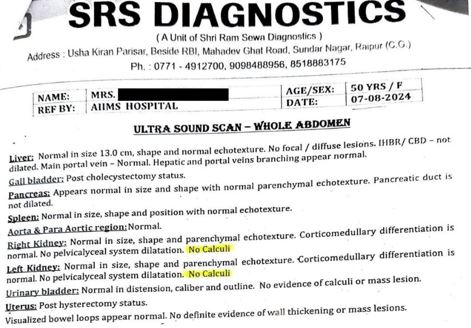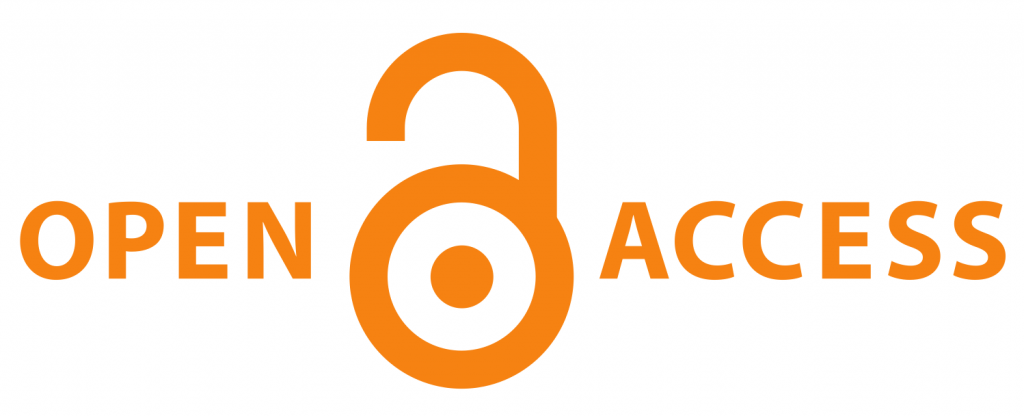A case study of Mutravirechaneeya Mahakashaya along with Erand Taila in the management of Mutrashmari w.s.r. to urolithiasis
DOI:
https://doi.org/10.21760/jaims.10.3.68Keywords:
Mutravirechneeya Mahakasaya, Erand TailaAbstract
According to Susruta Samhita, Ashmari is classified under Mutravaha Srotovikara and Ashtamahagada.[1] Urinary stone disease affects 3 to 5% of the general population and is becoming more common worldwide mostly as a result of metabolic disturbances and changes in the global climate. According to Acharya Charaka, oral drugs such as Mutravirechaneeya Mahakashaya which have qualities like Chedana, Lekhana, Bhedana, and Mutrala that aid in the dissolution of urinary stones, should be tried before undertaking surgical methods. On April 02, 2024, a 50-year-old female visited the Outpatient department (OPD) at Shri Khudadad Dungaji Government Ayurved Hospital, Raipur, C.G. She complained of burning during his micturition, pain in his right flank that spread to his groin, and orange-colored urine for two days. Urolithiasis was the diagnosis, and surgery was recommended. Mutravirechaneeya Mahakashaya[2] and Erand Taila[3] was given continuously for 90 days in three regimens. Clinical assessment criteria were used to evaluate the effects of treatments on 15 days. After treatment for 90 days, excellent level also reducing the symptoms and stone size. During the follow-up period, symptoms and stone size were changed. In conclusion, this Mutrashmari patient’s quality of life was improved by the treatment of Mutravirechaneeya Mahakashaya and Erand Taila.
Downloads
References
Shastri KA. Sushruta Samhita Purvardh. Varanasi: Chaukhamba Sanskrit Sansthan; Vikram Samvat 2061. p. Sutra Sthana 33/3-4.
Pandey K, Chaturvedi G. Charak Samhita Pratham Bhag. Varanasi: Chaukhamba Bharti Academy; 2017. p. Sutra Sthana 4/35.
Pandey K, Chaturvedi G. Charak Samhita Pratham Bhag. Varanasi: Chaukhamba Bharti Academy; 2017. p. Sutra Sthana 27/289.
Pandey K, Chaturvedi G. Charak Samhita Dwitiya Bhag. Varanasi: Chaukhamba Bharti Academy; 2017. p. Chikitsa Sthana 26/37-39.
Pandey K, Chaturvedi G. Charak Samhita Pratham Bhag. Varanasi: Chaukhamba Bharti Academy; 2017. p. Viman Sthana 8/69-78.
Baghel MS, Rajgopalas R. Developing Guidelines for Clinical Research Methodology in Ayurveda. Jamnagar: Institute for Postgraduate Teaching & Research in Ayurveda, Gujarat Ayurved University; 2011. p. 77-78.
Pandey K, Chaturvedi G. Charak Samhita Pratham Bhag. Varanasi: Chaukhamba Bharti Academy; 2017. p. Sutra Sthana 4/35.















